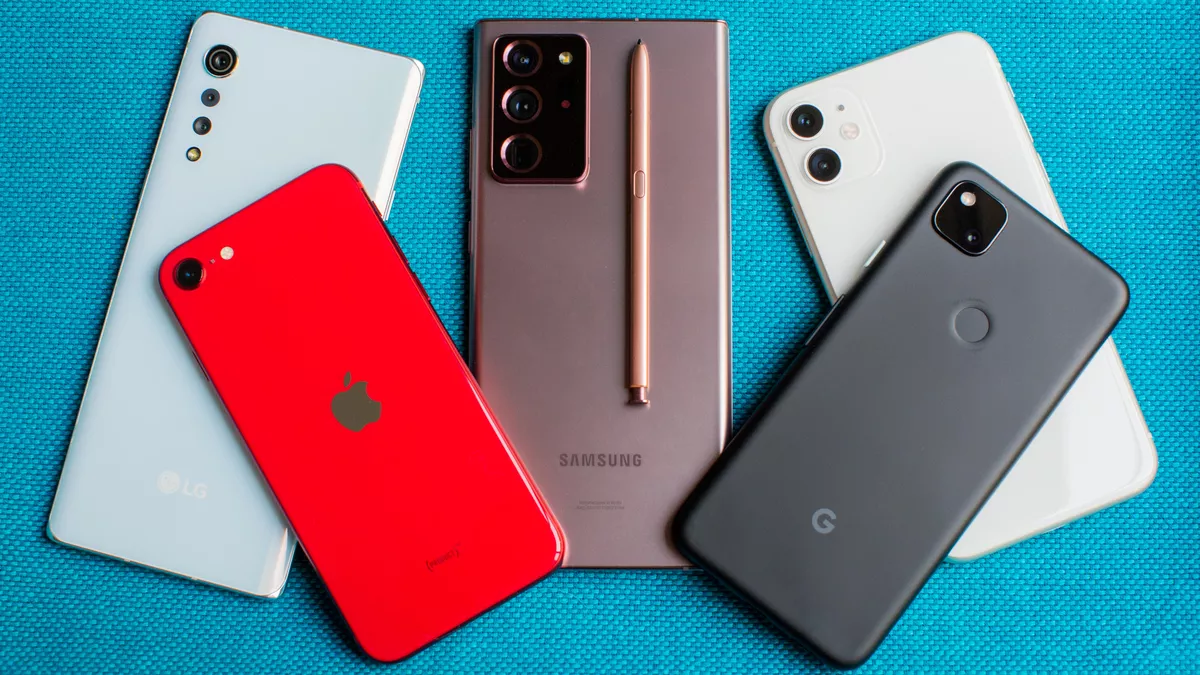
Mobile applications often bring a new era to the history of the company. They make businesses more audience-oriented and agile. And of course, if you are thinking about the one to be developed for your business, it’s just the right time. On the other hand, the process of application development is pretty unknown to many potential clients of this kind of service and contains many pitfalls every client should be aware of. We are going to discuss the most widespread of them to help you keep your nerves, money, and the quality of your future app safe.
1) Misconceptions about the future app and its functionality
In the initial phase of development when you are facing the need to describe exactly what you want from the future app, be careful to define the functions of the future app. Many companies think only about the appearance of the app without an accurate plan on what options to be used to make the process of working with their app pleasant and efficient to potential clients. So, here you must think about the needs and expectations of your audience? What options and functions do they need? Won’t all the functions, you’ve added make the future app, make it heavy and difficult in usage? So, to avoid potentially wrong options check the similar apps of your competitors and their user-friendliness, consult the developers and take the right decision on what functionality is necessary to be applied.
2) You want a perfect app from the very beginning
According to statistics, even the most successful mobile applications in the world hadn’t been that perfect before they were first launched. They have overcome many updates and corrections after they were first introduced to the market. So, experts think it’s better to expand your app gradually, and start with fewer functions, but better UX in general, than add everything coming to your mind while brainstorming and then trying to fix all the potential errors and overloading. Everything you predict about the end-user reactions might turn completely wrong, as they are to use your app, not you. Don’t be afraid to launch the app, and on the basis of collected real-life data improve the application later. That’s why the specialists suggest planning some costs for the post-development phase, and it’s completely normal. Remember, as any other product, a successful mobile application, has a long life of maintenance and improvement.
3) Omitting the security issues while development
Always remember how vulnerable is the issue of data security, especially when you work with large clusters of detailed personal information of your clients and give your future app all the access to it. Designing the security base in your app will allow you to avoid a lot of problems in the future. First of all, make sure your future app won’t collect and store any unnecessary but sensitive information. Otherwise, you risk becoming responsible for clients’ data breaches in the future. Use the best practices of modern application development to make sure all the clients’ data will be properly encrypted according to all the standards. In general, make sure you are aware of all the possible risks connected with the data used to make the right decisions to what extend you and your company can accept the related risks.
4) Choosing the wrong developer
Here, we are not talking about the unprofessional web developers, because this is not a pitfall. Cooperating with them can turn the brilliant idea of getting a mobile app for your company into a total disaster. We need to understand that we don’t make an appointment with a neurologist when we need o to fix a tooth. The same is for developers. Some of the work in completely different areas and their services are more suitable for other types of apps, not yours. So, before deciding to cooperate with any of them, make sure they can deliver what you really want. For example, developers working on dynamic games might be not the best choice for cooperating with banking companies. They are not bad, they just focus on the functionality your app doesn’t need and might forget many crucial issues, so necessary for your application. As a result, you may get a beautiful, dynamic, and very engaging app that doesn’t possess even the initial functions your audience expects. Thinking about the multi-platform app, make sure the company you want to choose provides the quality on the same level for different mobile platforms. For more details to make up your mind, check the following link https://owlab.group/services/mobile-development/ios-app-development.
5) Inappropriate interface of the app
We have already spoken about UX related issues. Now it’s time to analyze a couple of moments about the UI of the future app too. In general, always think like if you were your own client. With the appearance of a mobile application, you have to change a big computer screen to the small one of your smartphone. On one hand, keeping everything in the pocket is a great idea, and your clients will appreciate it. But remember that even a relatively big and clear touch screen lacks many functions on the computer screw and mouse. So, make sure it won’t lead to additional discomfort. In other words, the interface must be simple, clear, and comprehensible. Of course, for branding issues, it’s good to use your corporate colors and themes, but make sure they don’t make the users annoyed, and won’t distract them while using the application. Put all the buttons logically to avoid mixing the opposite ones to avoid clicking on the wrong one when the user is in a hurry. Make sure it is easy to log in, and you do limit your audience on this step. Take into account that many of your clients, due to the age or their lifestyle, might find it hard to log in via social network accounts. They simply mightn’t have any. So, cover the needs of different groups of clients.




